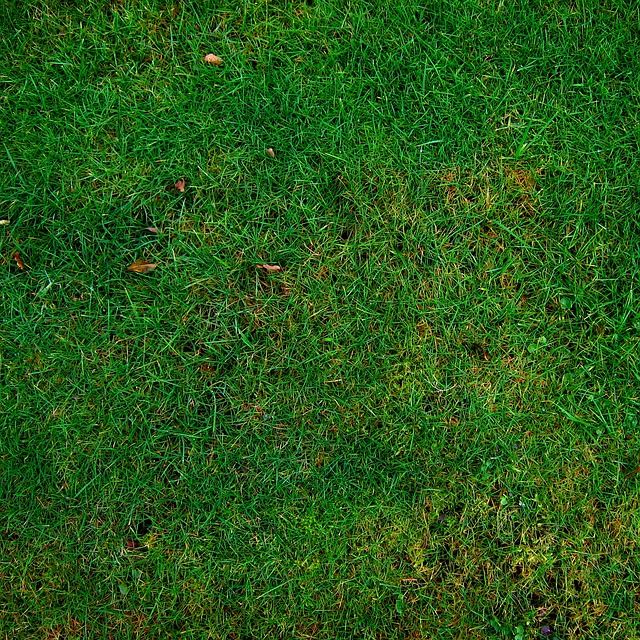Yard Waste Removal and Recycling programs are eco-friendly solutions that divert organic materials from landfills, reducing methane emissions. By collecting grass clippings, leaves, and small branches, these initiatives transform waste into nutrient-rich soil amendments, benefiting local gardening and agriculture. This minimizes landfill strain, fosters a circular economy, and promotes sustainable practices, leading to healthier environments and potentially lower waste management costs for communities over time. Effective programs rely on well-designed collection systems, regular schedules, education, and awareness campaigns to encourage responsible waste management.
Green waste recycling programs are transforming the way we manage organic yard material. By understanding the benefits and key components of these initiatives, communities can effectively reduce landfill waste, promote sustainability, and foster a healthier environment. This article explores “Understanding Yard Waste Recycling Programs,” highlights the “Benefits of Implementing Green Waste Initiatives,” and delves into the “Key Components for Effective Yard Waste Removal and Recycling” to empower readers with knowledge to drive positive change.
- Understanding Yard Waste Recycling Programs
- Benefits of Implementing Green Waste Initiatives
- Key Components for Effective Yard Waste Removal and Recycling
Understanding Yard Waste Recycling Programs

Many communities now offer Yard Waste Removal and Recycling programs as an eco-friendly solution to manage organic materials from gardens and landscapes. These programs are designed to divert a significant amount of waste that would otherwise end up in landfills, where it contributes to methane emissions. By participating in these initiatives, residents can play a vital role in reducing their environmental footprint.
The process typically involves collecting yard trimmings like grass clippings, leaves, and small branches, which are then transported to recycling facilities. Here, the organic waste undergoes decomposition or composting, transforming it into nutrient-rich soil amendments that can be used locally for gardening and agriculture. This sustainable practice not only minimizes the strain on landfills but also fosters a circular economy by returning valuable resources to the ecosystem.
Benefits of Implementing Green Waste Initiatives

Implementing green waste initiatives, such as yard waste removal and recycling programs, offers a multitude of benefits for communities and the environment. One of the primary advantages is the significant reduction in landfill waste. By diverting organic materials from landfills, these programs help decrease greenhouse gas emissions, as decomposing organics produce methane, a potent heat-trapping gas.
Moreover, green waste recycling contributes to the creation of valuable resources. Organic matter can be transformed into nutrient-rich compost or biogas, which can then be used in agriculture and energy production. This not only promotes sustainable practices but also fosters a circular economy by closing the loop on waste management. Communities that embrace these initiatives often see improved local environments, enhanced soil health, and potentially lower waste management costs over time.
Key Components for Effective Yard Waste Removal and Recycling

Implementing an effective yard waste removal and recycling program involves several key components. Firstly, a robust collection system is essential, ensuring convenient access for residents to separate their green waste from other recyclables and organic materials. This includes well-designed bins or containers specifically designated for yard trimmings, leaves, and garden debris. Regular collection schedules must be established to maintain a steady flow of recyclable materials, encouraging consistent participation from the community.
Education and awareness play a pivotal role in successful programs. Informative campaigns can highlight the environmental benefits of proper yard waste removal and recycling, teaching residents about compostable materials, their proper handling, and the positive impact on local ecosystems. By fostering a culture of responsible waste management, these initiatives empower individuals to make sustainable choices, ultimately contributing to a greener and more environmentally conscious community.
Green waste recycling programs are not just an eco-friendly option but a necessary step towards sustainable urban development. By understanding and implementing these initiatives, communities can significantly reduce environmental impact, conserve resources, and create a healthier ecosystem. Effective yard waste removal and recycling, when paired with proper education and infrastructure, can transform urban landscapes into vibrant, thriving spaces that balance human habitation with nature’s needs.














